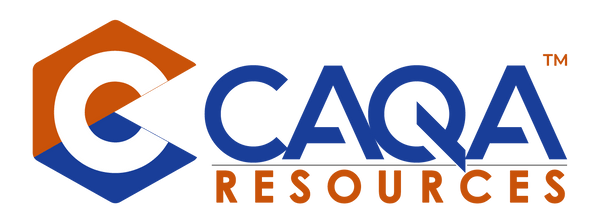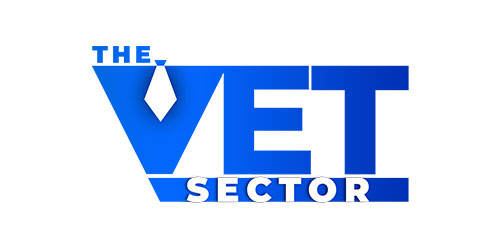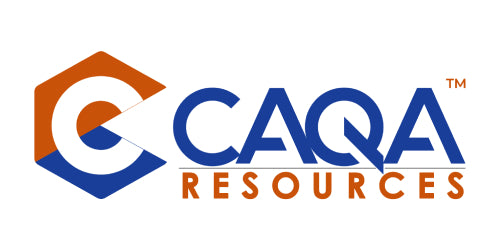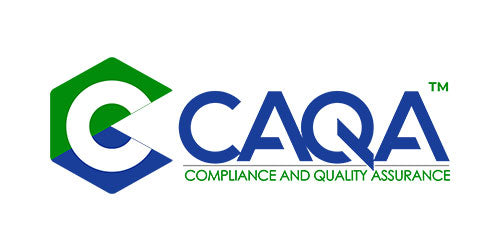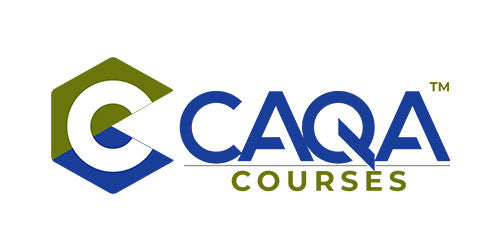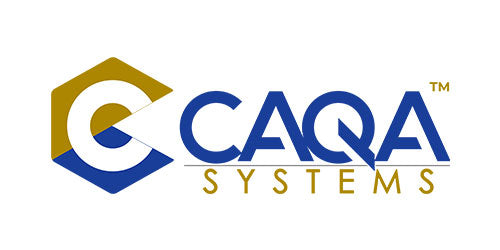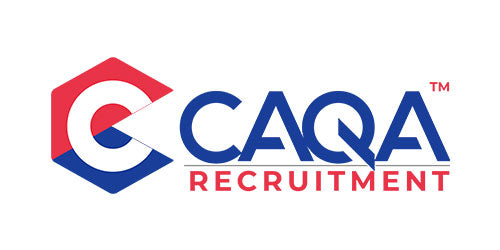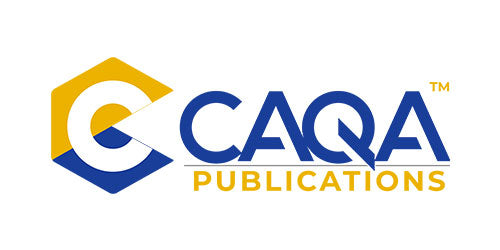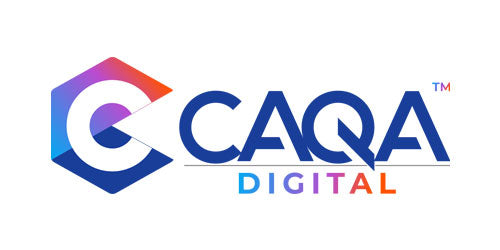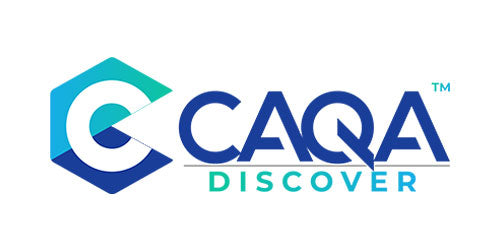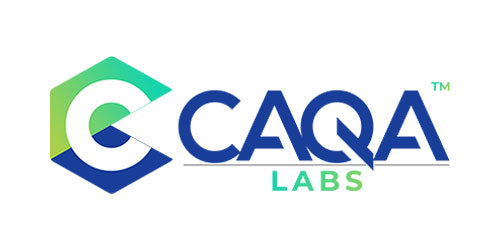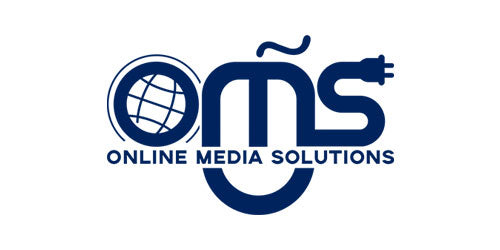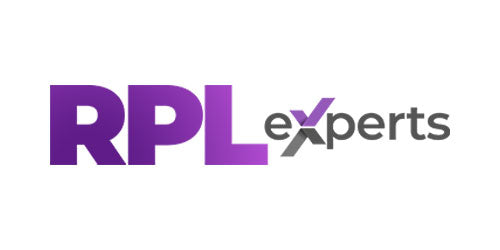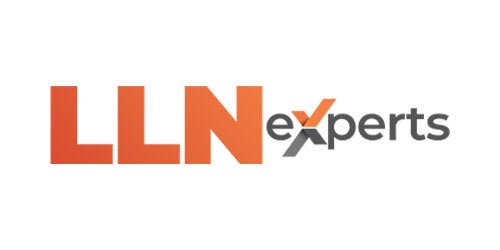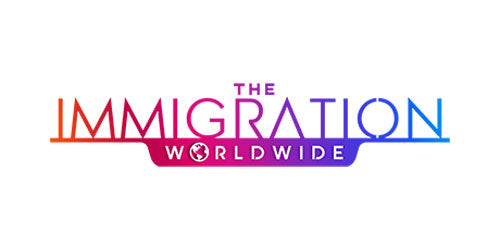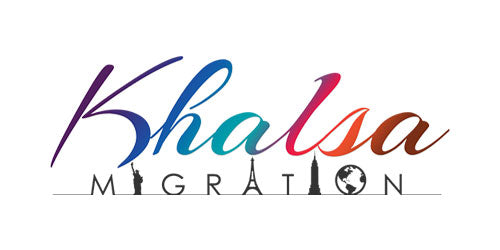In the field of vocational education and training, Registered Training Organisations (RTOs) play a pivotal role in equipping individuals with the skills necessary for success in various industries. A crucial element in this process is the development of a well-structured training and assessment strategy. This strategy outlines how training products will be delivered and assessed and ensures that the delivery is tailored to meet the unique needs of different learner cohorts. Understanding when and how RTOs develop these strategies is essential for maintaining the quality, relevance, and effectiveness of vocational training.
The Trigger for Strategy Development
The requirement for RTOs to develop a comprehensive training and assessment strategy is triggered under specific circumstances, each demanding a thoughtful and systematic approach to ensure that the training delivered meets the required educational standards and industry needs.
Introduction of a New Training Product
Whenever an RTO decides to offer a new training product, whether it's a qualification, a recognised skill set, a standalone unit of competency, or an accredited course, it necessitates the creation of a new training and assessment strategy. This strategy serves as a blueprint detailing every aspect of the training product's delivery and assessment. The components of this blueprint include:
- Learning Outcomes: Clearly defined skills and knowledge that learners are expected to acquire.
- Delivery Modes: Methods through which the training will be delivered, which could include online, in-person, or blended learning environments.
- Assessment Methods: Techniques and tools that will be used to evaluate the learners' performance and understanding.
- Resources Needed: Both human and material resources are required to deliver the training effectively.
- Timeline: An outline of the duration of the course and key milestones.
Diverse Learner Cohorts
RTOs must also develop or revise their training and assessment strategies when they encounter learner cohorts with distinct needs. This diversity can stem from various factors, including educational backgrounds, professional experiences, cultural contexts, and learning preferences. Tailoring a strategy to accommodate these varied needs involves:
- Learner Analysis: Conduct thorough research into the learners' demographic, educational, and professional backgrounds.
- Customised Content: Adapting the curriculum to address the specific skills and knowledge gaps identified during the learner analysis.
- Inclusive Practices: Implementing teaching methods that accommodate different learning styles and cultural backgrounds.
- Support Services: Providing additional support where necessary, such as language assistance, tutoring, or career counselling.
- Strategic Development Process
Developing a training and assessment strategy is not merely a bureaucratic necessity; it is a comprehensive process that involves multiple stages, each critical to the training initiative's success.
- Consultation and Research
The first step in developing a strategy involves extensive consultation with industry stakeholders, including employers, industry representatives, and professional associations, to ensure the training aligns with current industry standards and future trends. Researching recent advancements in the field and potential technological integrations also plays a crucial role.
- Design and Documentation
Once the needs and requirements are clearly understood, the next step is to design the strategy. This phase involves outlining the structure of the course, developing the curriculum, selecting appropriate teaching and assessment methods, and documenting every detail in a comprehensive strategy document.
- Approval and Implementation
The strategy then undergoes a review and approval process, often involving internal and external audits to ensure compliance with regulatory standards. Upon approval, the RTO implements the strategy, deploying resources and beginning the delivery of the training program.
- Ongoing Evaluation and Revision
Finally, an effective training and assessment strategy includes provisions for ongoing evaluation and revision. Feedback from learners, trainers, and industry stakeholders is invaluable for identifying areas for improvement. Regular reviews ensure the strategy remains relevant and effective in meeting the training program's goals and the learners' needs.
Conclusion
RTOs' development of a training and assessment strategy is a dynamic and critical process initiated by the introduction of new training products or the need to address the specific requirements of diverse learner cohorts. Through careful planning, consultation, and continuous evaluation, RTOs can ensure that their training programs meet educational and industry standards and effectively prepare learners for successful careers. This strategic approach underpins the core mission of RTOs: to deliver high-quality, relevant, and accessible vocational education and training.









